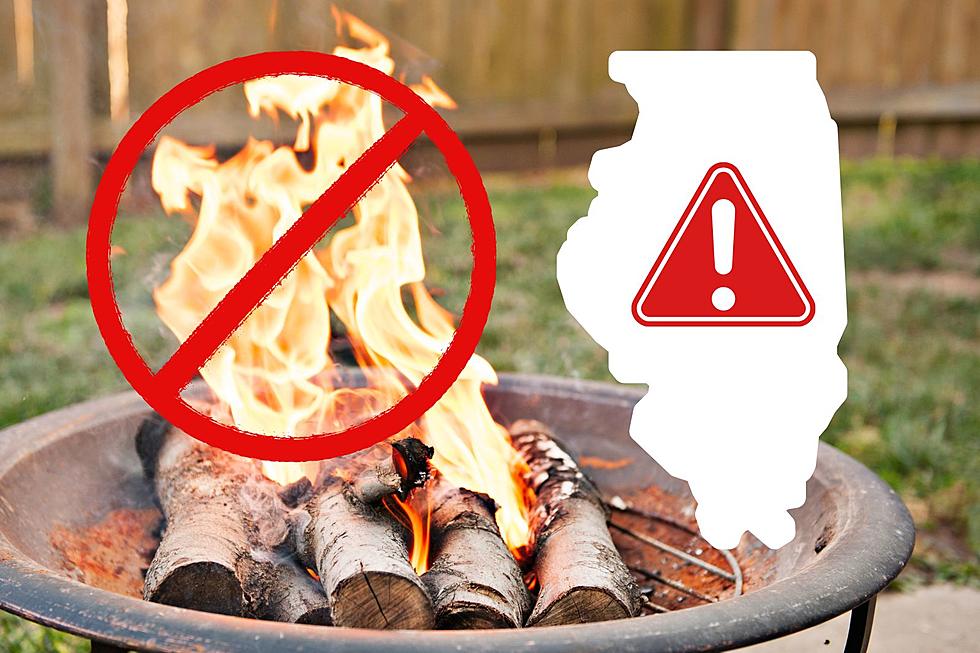
What Does A Fire Weather Watch Means For Northern Illinois?
The National Weather Service has issued a Fire Weather Watch for many counties in Illinois, including Boone, Ogle, and Winnebago Counties, and that means it's time to be extra cautious with outdoor fires.
Now, I know what you're thinking - finally, something to spice up our boring lives! But hold on a minute, this watch is not something to take lightly, especially if you were planning on having a "hot" time.
The National Weather Service has issued a Fire Weather Watch for several counties in Illinois, including Boone, Ogle, and Winnebago Counties.
This warning will be in effect from Wednesday morning through Wednesday evening. Fire Weather Watches are issued when conditions are favorable for the development and spread of fires. The specific conditions expected are high winds with gusts up to 35 mph and dry conditions with relative humidity as low as 20 percent.
What does mean in Layman's terms?
Basically, a Fire Weather Watch, according to the NWS, is like a warning sign for Mother Nature's twisted sense of humor. It means that the conditions are just right for a fiery inferno to break out and cause some serious trouble. With winds gusting up to 35 mph and the humidity as low as 20 percent, things can get hot real fast, and not in a good way.
Don't panic and cancel your grill time or bonfire, but you might want to think twice before lighting that match. After all, nobody wants to be the reason why the entire neighborhood goes up in flames, right? If you absolutely can't resist the temptation, make sure you have a fire extinguisher handy and be aware of your surrounding.
Read More: Illinois Fire Department Uses Tacos To Explain Severe Weather Advisories
But seriously, fire safety is no laughing matter. It's always better to be safe than sorry, so if you're unsure about the rules and regulations always check with your local authorities before starting any outdoor fires.
The irony of a Fire Weather Watch being issued is that this is the start of when we all want to be outside enjoying the beautiful weather. But let's not let this warning ruin our fun. Just remember to stay safe, use common sense, and keep those flames under control.
LOOK: Stunning Photos Of The EF-4 Tornado That Ripped Apart Fairdale, Illinois
LOOK: The most expensive weather and climate disasters in recent decades
More From Rockford's New Country Q98.5









